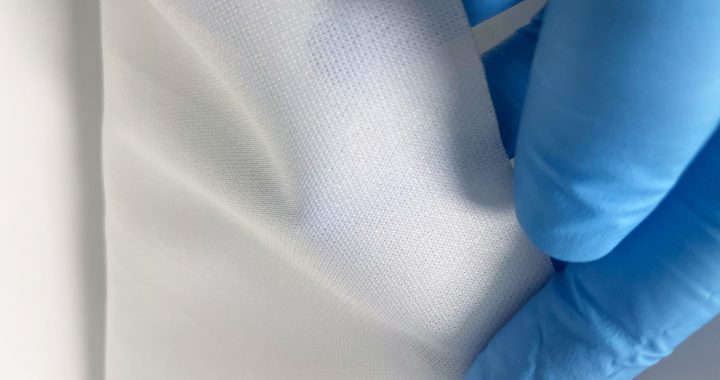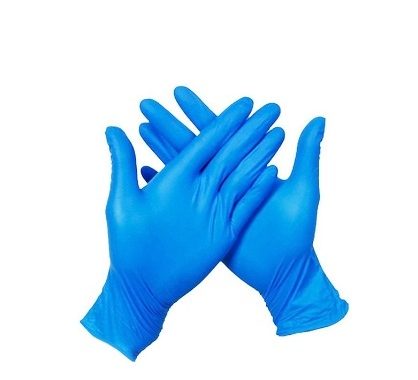-
Cleanroom Cleaning, Gowning, and Maintenance Standards Guide
Proper cleanroom cleaning procedures and maintenance protocols are crucial and cost-effective measures to improve overall cleanroom cleanliness, consistency, and effective contamination control. This guide provides a framework for cleanroom management, covering cleaning standards, operational protocols, technical requirements, and related processes. It is applicable across general manufacturing, biomedical, and other diverse applications.
Since different cleanroom classifications may require varying consumables and operational workflows, this guide combines general best practices with specific application techniques to help formulate suitable gowning, wipedown, and particulate control plans tailored to actual needs. It aims to offer a comprehensive reference for consumable selection but does not replace professional advice for specific applications. For customized solutions, consulting qualified technical personnel or specialized suppliers is recommended.
-
What is a Cleanroom?
A cleanroom is a controlled environment where the concentration of airborne particles is strictly regulated. It is designed and operated to minimize the introduction, generation, and retention of particles, while controlling other parameters such as temperature, humidity, and pressure as needed.
According to ISO 14644-1, clause 2.1.1:
A cleanroom is a controlled environment where products are packaged, manufactured, or assembled. This environment effectively eliminates submicron airborne contamination generated by personnel, processes, facilities, and equipment. The higher the cleanliness class, the lower the likelihood of particulate or microbial contamination affecting sterile or non-sterile products.
-
Cleanroom Design and Construction
Cleanroom design and construction require stringent control of contamination sources, airflow velocity, pressure, temperature, and humidity. As a critical manufacturing resource, ensuring smooth production, assembly, storage, and inspection of products prior to delivery is vital.
Although most cleanrooms operate on similar principles, they differ significantly in control levels and particulate concentrations. The “dirtiest” cleanrooms may contain up to one million micron-sized particles per cubic meter of air, whereas the “cleanest” cleanrooms (e.g., ISO Class 3) may contain fewer than 1,000 particles per cubic meter.
The ISO classification system provides a unified industry standard for cleanliness and particle counts, enabling organizations to measure and test contamination levels against established benchmarks.
-
Differences Between ISO 14644 and US Federal Standard FS 209E
The ISO 14644 standard replaced the earlier US Federal Cleanroom Standard FS 209E in 2001. Key differences include units and particle size classification methods:
-
FS 209E uses imperial units, counting particles per cubic foot of air.
-
ISO 14644 uses metric units, counting particles per cubic meter of air.
Additionally, ISO 14644 details smaller particle sizes starting from 0.1 microns, while FS 209E mainly focuses on 0.5-micron particle diameters.
It is important to note that these two standards are often confused, and some manufacturers’ technical datasheets may mistakenly reference both. For example, an FS 209E “Class 1” cleanroom’s particle limits roughly correspond to ISO Class 3. Unless explicitly stated as “ISO standard,” the default reference is usually FS 209E — which, although officially withdrawn by the US General Services Administration in 2001, remains widely used.
-
Importance of Particle Counting
The impact of particles on production is not solely based on quantity, but rather whether particles of specific sizes cause issues for particular applications. The ISO cleanroom standard is more precise and versatile because it defines allowable particle counts across multiple size ranges from 0.1 to 5 microns.
With components becoming smaller and equipment more precise, the 0.5-micron standard is becoming outdated. Meanwhile, advances in particle counting technology enable unprecedented accuracy in detecting and differentiating airborne particles. For further information on cleanroom standards, international norms such as British Standards or EU GMP standards (e.g., Class A) may also be referenced.
-
Cleanroom Gowning and Contamination Control
Proper gowning procedures form the first barrier to reduce personnel-introduced contamination. Protective garments such as cleanroom suits, shoe covers, and gloves must meet the required cleanliness levels, and gowning/de-gowning steps must be strictly followed to prevent particle shedding.
Surface wipedown uses dedicated lint-free wipes and approved disinfectants, with regular and as-needed cleaning to ensure equipment and surfaces remain particle- and microbe-free.
-
Cleanroom Maintenance and Management Recommendations
-
Regularly evaluate cleaning effectiveness using scientific sampling and testing methods.
-
Establish training programs to enhance staff awareness and operational skills.
-
Optimize consumables procurement by selecting high-quality products that comply with ISO and GMP standards.
-
Employ automation and intelligent monitoring systems to improve management efficiency and responsiveness.
Conclusion:
Cleanroom cleaning, gowning, and maintenance are foundational to meeting industry standards and crucial to ensuring product quality and operational safety. A deep understanding of ISO standards and implementation details, combined with scientific workflows and efficient consumables management, will help enterprises continually improve cleanroom performance to meet increasingly stringent manufacturing and inspection demands.


